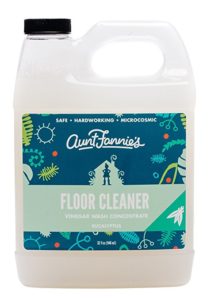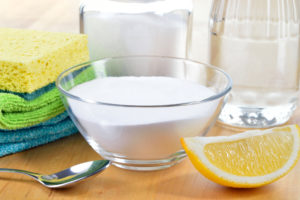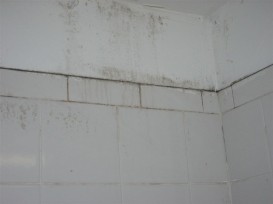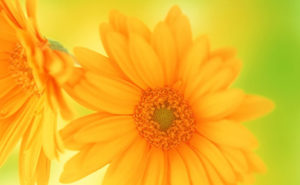The way we’re being told to clean our homes these days, you’d think we were all living in breeding grounds for small pox, typhoid fever, leprosy, or some other awful disease that practically kills on contact.
We’re not.
We ARE living in a world that we share with billions of “germs,” most of which are perfectly harmless. In fact, many doctors believe that living with germs keeps us healthier by helping us build up a resistance to their ill effects.
This perspective seems to be routinely ignored by the cleaning products industry. A report by Women’s Voices for the Earth, a non-profit Montana-based research group, investigates the link between toxic chemicals found in disinfectants and human health. Disinfectant Overkill: How Too Clean May Be Hazardous To Our Health analyzes the impact of “cleansers” that commonly contain chlorine bleach, ammonia, triclosan and other anti-bacterials, ammonium quarternary compounds, and nano-silver. Their conclusion?
“Some of the most common antimicrobial chemicals used in cleaners could have
serious health consequences. This is especially true for cleaning workers, young children and women who, despite progress on gender roles, continue to do 70% of housework in the average home.”
Furthermore, “The overuse of antimicrobials contributes to the growing problem of antibiotic-resistant bacteria, which some scientists say could leave the public with fewer tools in the fight against infectious diseases.”
WVE suggests this analogy to understand the impact today’s common cleansers have on us and the environment:
“Suppose you have a pesky fly in your house. One option is to reach for a flyswatter. Assuming you get a direct hit on the fly, your problem is neatly and efficiently solved. But imagine if all you have handy is a sledgehammer. Again assuming you get a direct hit, you will certainly take care of the problem fly. However, you are likely to put a hole in your wall in the process.
The sledgehammer might be supremely effective at killing flies, but are the side effects (i.e. holes in your wall) worth it?. The same is true for antimicrobial products; they are often too strong for the average daily need. Occasionally they may be warranted, just as a sledgehammer has its place and purpose. But on a daily basis, simple soap and water or other non-toxic cleaners will do the trick without causing potentially harmful side effects.”
WVE does not argue we should stop cleaning. On the contrary, “Disinfectant Overkill” makes a convincing, science-based case for using safe solutions to keep germs at bay.
Wondering where to start? These eco-friendly tips will help keep your hands clean.
These DIY recipes for home cleansers are cheap to make and work effectively on any surface in your home.

















6 thoughts on “House Cleaning? Use a Fly Swatter, Not a Sledge Hammer”
Great post. I use vinegar for most things (except for things like the toilet… then I use the toxic cleaners!!). I find vinegar works really well for many things, and there are no fumes. Works for me.
If you’re looking for great green cleaning products check out http://www.carribeanmist.com
They sell high-quality environmentally friendly products that are natural, safe, effective AND affordable!
I agree. Due to the effective marketing strategies of these manufacturers, most moms think that the best way to clean a house is by excessively use one of every cleaner on the shelf. Little did we know, there are hazardous side effects.
Yes…it helps to spread the word that we can be clean “enough” without the overkill. Thanks for sharing your opinion.
The sledgehammer might be supremely effective at killing flies, but are the side effects (i.e. holes in your wall) worth it?. The same is true for antimicrobial products; they are often too strong for the average daily need. Occasionally they may be warranted, just as a sledgehammer has its place and purpose. But on a daily basis, simple soap and water or other non-toxic cleaners will do the trick without causing potentially harmful side effects.”
Absolutely right, Gemma.
Comments are closed.